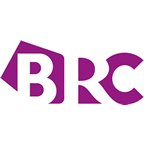London, 2016-Sep-06 — /EPR Retail News/ — Helen Dickinson OBE, Chief Executive, British Retail Consortium. "A month of extraordinary achievement for Team GB certainly produced a feel-good effect and consumer confidence was up on July, but that generally didn't translate into extra sales. Consumers were enticed towards leisure and outdoor activities rather than shopping, although Food did…
